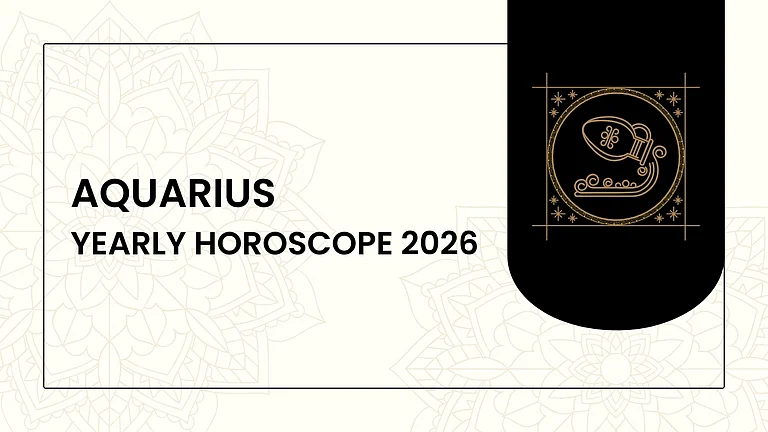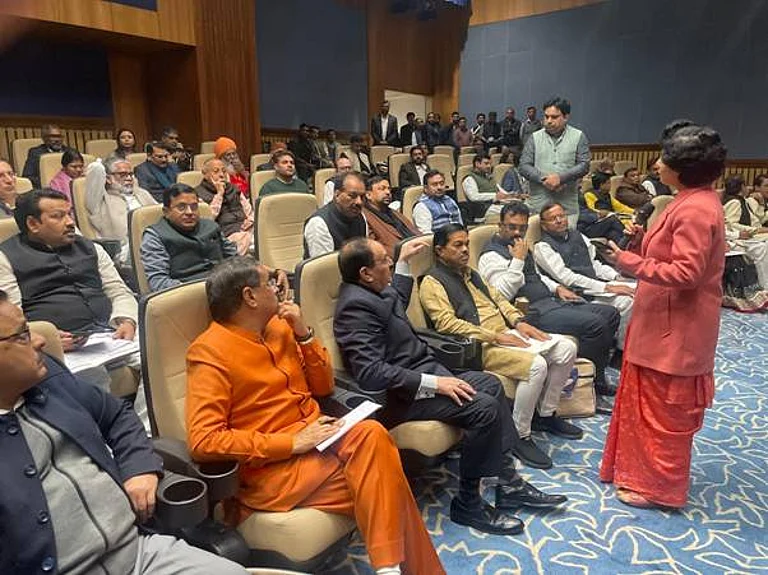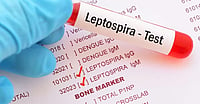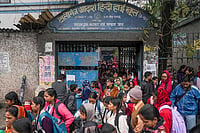As World observes Blood Donor Day on June 14, alarming figures reveal that India is grappling with a severe blood shortage that threatens thousands of lives every day. Public health experts also point out that demographic shift in the population is also likely to have serious implications for India’s blood supply.
Fewer eligible donors, as most guidelines cap donations at age 65, contrast with a growing number of elderly patients needing transfusions due to surgeries, chronic illnesses, and age-related conditions.
Adding to the worry is the fact that India’s blood donation rate remains around 0.8%—below the WHO-recommended 1% of population donating. With an annual demand of nearly 15 million units, India collects only 11 million, leaving a deficit of 4 million units, according to data from the Ministry of Health and Family Welfare.
Government data from the e-Raktkosh portal further underscores the crisis. As of latest data, there are approximately 58 lakh registered blood donors, and over nearly three years, just 57 lakh units of blood have been collected—less than half of the yearly requirement of 1.46 crore units.
This shortfall has deadly consequences, contributing to an estimated 12,000 preventable deaths each day due to the unavailability of safe and timely blood transfusions.
Blood is essential for a wide range of medical situations—from saving mothers during childbirth and treating children with severe anemia to supporting patients undergoing surgery or living with lifelong disorders such as thalassemia, hemophilia, and sickle-cell disease. In emergencies like accidents or natural disasters, it becomes a critical resource for survival.
Yet, only 60% of blood donations in India are voluntary, with the remaining coming from replacement donors—a practice discouraged by the World Health Organization (WHO) for its inherent risks and unreliability.
Saima Wazed, WHO Regional Director for South-East Asia, highlighted the importance of building robust and resilient national blood systems rooted in voluntary, non-remunerated blood donations (VNRD).
“Achieving universal access to safe blood is a collective responsibility,” said Wazed. “It demands strong national policies, coordinated services, and above all, a committed community of donors.”
She noted significant progress in the South-East Asia Region, where nearly 50% of WHO Member States now report close to 100% voluntary donation coverage, with over 82% of donations coming from unpaid, voluntary donors.
Efforts are also underway to enhance blood testing and safety standards. WHO is collaborating with Sri Lanka’s National Blood Transfusion Service to establish a regional hub for External Quality Assessment Schemes (EQAS), helping to standardize and improve transfusion safety across the region.
This year’s World Blood Donor Day theme, “Give blood, give hope: Together we save lives,” aims to raise awareness of the urgent need for regular blood donations and honor the millions of donors whose selfless contributions save lives every day.
Removing myths surrounding blood donation, Dr. Mansukh Mandaviya, Union Sports and Affair Minister at a recent blood donation camp said that “A person has 5 - 6 litres of blood in their body and can donate blood every 90 days (3 months).” Body can recover blood very quickly; blood plasma volume within 24 - 48 hours, red blood cells in about 3 weeks and platelets & white blood cells within minutes.
According to the health experts, healthy individuals aged 18 and above, and weighing at least 55 kilograms, can donate blood regularly—once every four months.
Dr. Manohar Agnani, former additional secretary in the Union Health Ministry and public health expert has warned that India’s aging population is expected to deepen blood supply challenges.
He cited, the India Ageing Report 2023, according to which India had an estimated 153 million people aged 60 and above in 2023—up from 104 million in 2011. By 2050, this number is projected to rise sharply to 347 million, or 20.8% of the total population, he pointed out.
This demographic shift has serious implications for India’s blood supply, he said.
On the one hand there would be a fewer eligible donors given that most blood donation guidelines set the upper age limit at around 65 years, which means a large and growing portion of the population will no longer be eligible to donate.
On the other hand, older adults are more likely to require blood transfusions due to surgeries, chronic illnesses, and age-related health conditions, said Agnani matter-of-factly.
Public health experts stress that these trends could further strain an already overburdened blood donation system unless urgent action is taken to boost voluntary blood donation among younger populations.

























